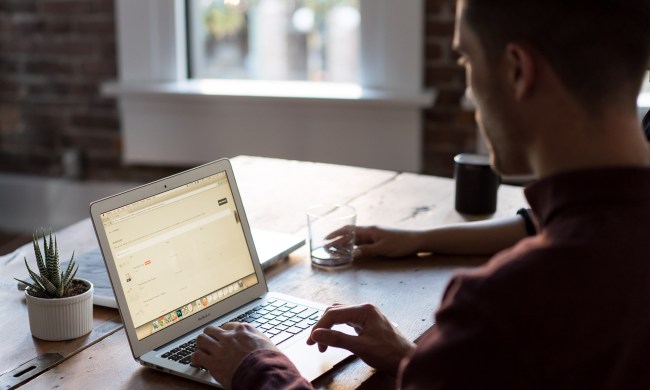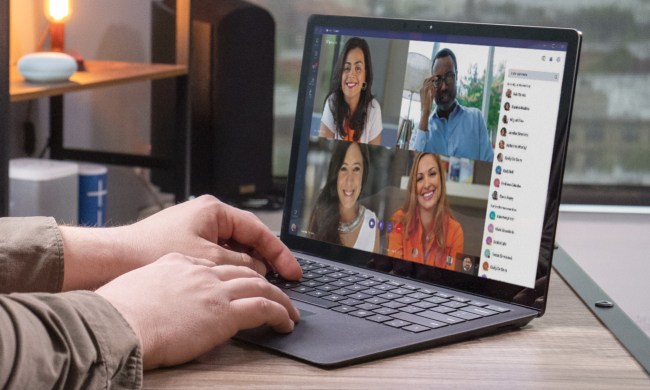 Amidst all the concerns about government oversight into our online lives, it’s generally considered that authorities would require a warrant issued by a judge in order to legally read someone’s private email. The legal reality, however, may be a little but more complex – and a bit more worrying, as well.
Amidst all the concerns about government oversight into our online lives, it’s generally considered that authorities would require a warrant issued by a judge in order to legally read someone’s private email. The legal reality, however, may be a little but more complex – and a bit more worrying, as well.
According to documents obtained by the American Civil Liberties Union from the FBI and U.S. Attorneys’ offices, authorities claim they can read emails if they have remained unopened for more than six months by subpoenaing the email provider for access. The 2012 edition of the FBI’s Domestic Investigations and Operations Guide specifically explains that “In enacting the [Electronic Communications Privacy Act], Congress concluded that customers may not retain a ‘reasonable expectation of privacy’ in information sent to network providers.” If the email is unread beyond six months, “it should be treated the same as a business record in the hands of a third party, such as an accountant or attorney. In that case, the government may subpoena the records from the third party without running afoul of either the Fourth or Fifth Amendment.”
As if that wasn’t disturbing enough, there is potentially evidence (found in an opinion written for a recent case by a magistrate judge in Texas) that the FBI is definitely using this loophole to read people’s private correspondence. “Most of the opinion concerns whether the FBI is allowed to surreptitiously infect a computer with spyware (the judge refused to grant the FBI a warrant to do so),” explained Nathan Freed Wessler, a staff attorney with the ACLU. “But tucked inside the opinion is this revelation: ‘the Government also sought and obtained an order under 18 U.S.C. § 2703 directing the Internet service provider to turn over all records related to the counterfeit email account, including the contents of stored communications,'” he noted. “Amazingly, as recently as March of this year, the FBI went after emails without a warrant.”
It’s apparently not only the FBI who are using this legal loophole. Wessler also wrote that the ACLU also “received two paragraphs from the U.S. Attorney for the Southern District of New York—part of an unidentified document stating that law enforcement can obtain ‘opened electronic communications or extremely old unopened email’ without a warrant,” although the lack of identifying information about the document makes it difficult to know whether or not this represents current policy or not.
There is at least one lesson to be learned from these documents from those who may be concerned about government email snooping: Open all of your emails within six months of receiving them because, otherwise… well, it’s apparently open season.


